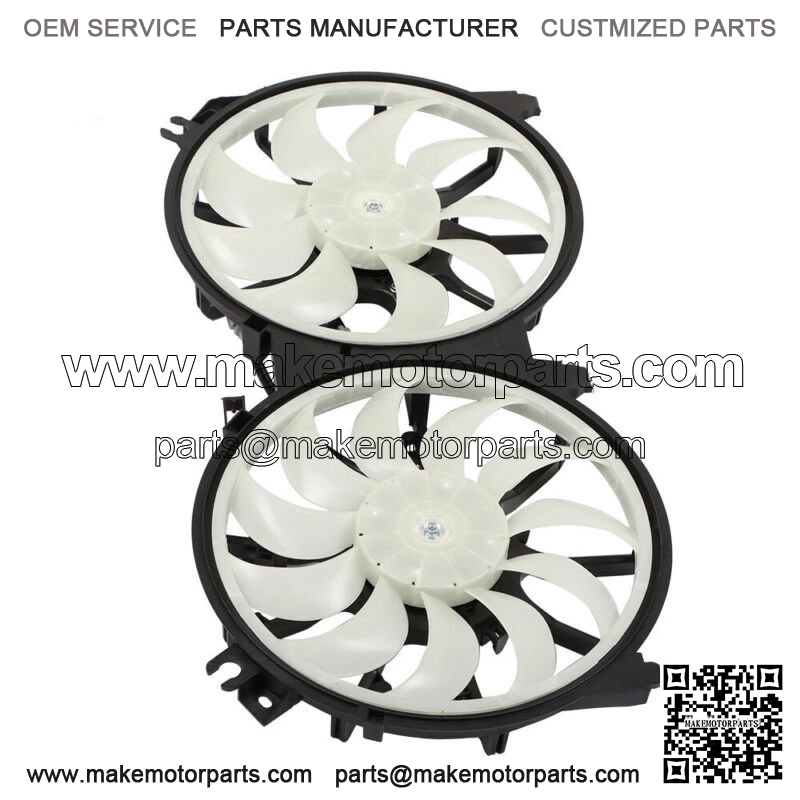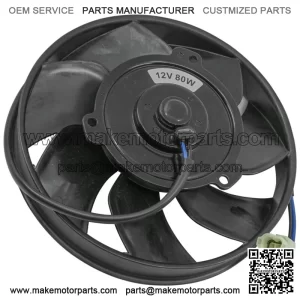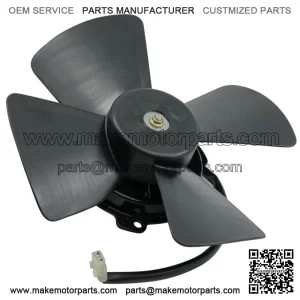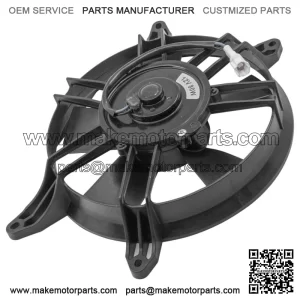Radiator Cooling Fan Electric For Nissan Altima 2.5L 3.5L 07-16 Maxima 3.5L 2016
Product categories
- ATV Parts (5631)
- Bicycle Parts (5)
- Car Parts (6701)
- Farm Machinery Parts (324)
- Go Kart Parts (161)
- Golf Cart Parts (2380)
- Lawn Mower Parts (4466)
- Minibike Parts (329)
- Motorboat Parts (515)
- Motorcycle Parts (8942)
- Other Parts (809)
- Scooter Parts (698)
- Snowmobile Parts (2875)
- Tractor Parts (6565)
- UTV Parts (4270)
Product tags
Radiator Cooling Fan Electric For Nissan Altima 2.5L 3.5L 07-16 Maxima 3.5L 2016
Radiator Cooling Fan Electric For Nissan Altima 2.5L 3.5L 07-16 Maxima 3.5L 2016
Fitment:2012-2017 Altima Base Sedan 4-Door 2.5L
2007-2011 Altima Hybrid Sedan 4-Door 2.5L
2012-2013 Altima S Coupe 2-Door 2.5L
2008 2013 Altima S Coupe 2-Door 3.5L
2012-2018 Altima S Sedan 4-Door 2.5L
2008 2013-2015 Altima S Sedan 4-Door 3.5L
2008-2009 Altima SE Coupe 2-Door 3.5L
2007-2009 Altima SE Sedan 4-Door 3.5L
2012-2018 Altima SL Sedan 4-Door 2.5L
2007-2009 2013-2018 Altima SL Sedan 4-Door 3.5L
2010-2012 Altima SR Coupe 2-Door 3.5L
2016-2018 Altima SR Sedan 4-Door 2.5L
2010-2012 2016-2017 Altima SR Sedan 4-Door 3.5L
2013-2018 Altima SV Sedan 4-Door 2.5L
2013-2015 Altima SV Sedan 4-Door 3.5L Notes:The radiator cooling fan is an integral part of your car that is responsible for cooling the radiator of your car. The radiator cooling fan does this by either pulling or pushing air into the radiator keeping the radiator temperatures within the safe levels. A damaged radiator cooling fan is a determining factor in preventing your car from overheating. Below are the materials that you need along with the instructions on how to replace a radiator cooling fan. Step 1: Locate the Radiator Cooling FanLocating the radiator cooling fan is the first step in replacing it. Turn off your car and allow it to cool off. Open the hood of your car and you will be able to see the radiator that is located at the back of the grill at the front portion of your engine compartment. The radiator cooling fan is attached at the back of the radiator through a mounting frame. Under the engine and the radiator is a sticking cylinder that is encased in a small casing. That is the radiator cooling fan motor that you may need to change or repair other than the radiator cooling fan itself. Step 2: Disconnect the Power SupplyOn the fan motor is an electric cable running towards the engine. Find the connector of the wires from your engine and from your radiator fan motor and disconnect it. Using two masking tapes with different colors, note the connection of the wires so that you will not have a hard time reconnecting the wires later. Step 3: Remove the Fan HousingUsing a crescent wrench, remove the four screws located at each corner of the fan housing. Remove the fasteners at the sides of the fan housing as well. A radiator cooling fan housing is relatively large and you may need to remove all the obstructions like hoses and wirings so that you can extract the fan housing off your car hood. Hold the housing firmly and lift it off your engine compartment. Be careful in removing the fan housing to avoid damaging it. Place the fan housing on a clutter-free working table. Step 4: Remove the Radiator Cooling Fan and the Fan MotorThe fan blade is either pinned or screwed to a shaft. With a screwdriver, loosen the fan blade and slide if off its shaft. You may need to remove a keeper that prevents the fan blades from moving up in the shaft up and down. As to the fan motor itself, remove it from the fan housing using a screwdriver. Step 5: Attach the Replacement Radiator Cooling Fan and Fan MotorInstall the new fan motor into the fan housing. Slide your replacement radiator cooling fan into the shaft, insert the keeper and secure the new cooling fan and keeper into place. Return the fan housing back into its proper place and secure the screws and the fasteners. Reattach the hoses and wires you removed in step 3. Connect the fan motor into the car electrical system using the electrical tape guide you made in step 2. You just learned how to replace your radiator cooling fan as well as your radiator cooling fan motor.









